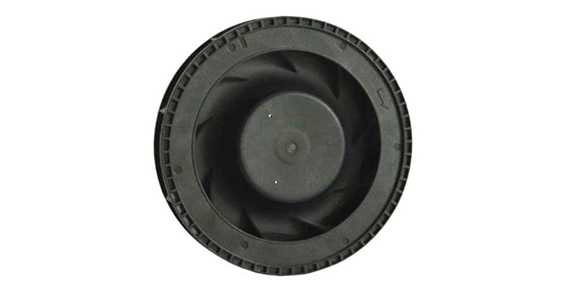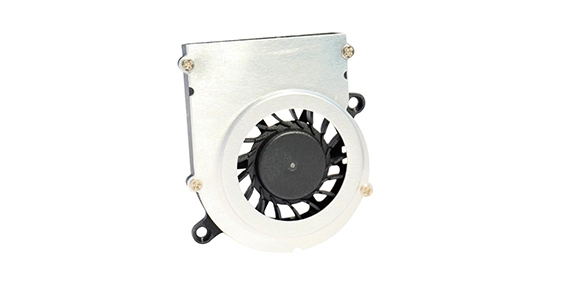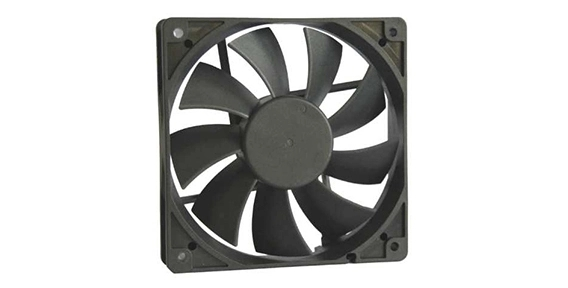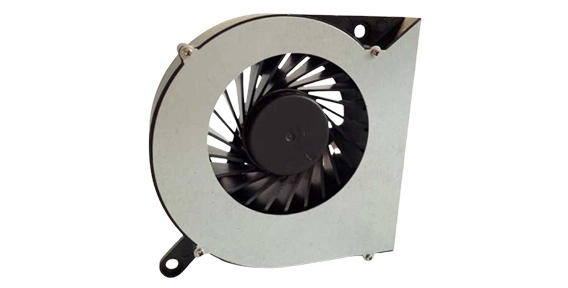Centrifugal blower fans are widely used in various industries for their ability to move large volumes of air efficiently. These fans work by converting mechanical energy into kinetic energy, creating a dynamic air flow. Understanding the dynamics of air flow in centrifugal blower fans is crucial for optimizing their performance and ensuring proper operation.
The Essence of Centrifugal Blower Fan in Air Movement
Centrifugal blower fans are designed to create a continuous flow of air by rotating a set of blades. The blades in these fans are curved, enabling them to capture air and propel it in a specific direction. This mechanism allows centrifugal blower fans to generate high static pressures, making them suitable for applications that require forced air movement.
The Radial Outward Movement in Centrifugal Blower Fan: A Core Characteristic
One of the core characteristics of the centrifugal blower fan is the radial outward movement of air. As the blades rotate, air is drawn into the fan's inlet and directed towards the center of the fan. The curved blades accelerate the air, increasing its velocity. When the air reaches the outer edge of the fan, it is forced to change direction abruptly, resulting in a radial outward movement.
This radial outward movement of air is essential for creating pressure within the fan. As the air is propelled towards the fan housing, it encounters resistance, leading to an increase in pressure. This pressure difference allows the fan to overcome system resistance and move air effectively.

Centrifugal Blower Fan: Tangential Flow and Energy Transfer
In addition to the radial outward movement, centrifugal blower fans also exhibit tangential flow. Tangential flow occurs when the air follows a circular path as it moves through the fan blades. This tangential flow contributes to the rotational motion of the blades, further enhancing the fan's efficiency.
Energy transfer plays a significant role in the dynamics of air flow in centrifugal blower fans. As the blades accelerate the air, the mechanical energy input is converted into kinetic energy. The kinetic energy of the moving air is then transferred to the stationary air molecules, causing them to move and creating a continuous flow.
It is crucial to note that the efficiency of energy transfer in the axial cooling fan can be affected by various factors, such as the design of the blades, the speed of the fan, and the system resistance. Optimizing these factors can help improve the overall performance of the fan and maximize the energy transfer.
In conclusion, understanding the dynamics of air flow in centrifugal blower fans is essential for their efficient operation. The radial outward movement, along with the tangential flow, creates pressure differentials that aid in moving air effectively. Additionally, the energy transfer from the blades to the air molecules is crucial for generating the required air movement. By optimizing the design and operating conditions, centrifugal blower fans can provide reliable and efficient air flow in various industrial applications.


 EN
EN 

 +
+
 +
+
 +
+



